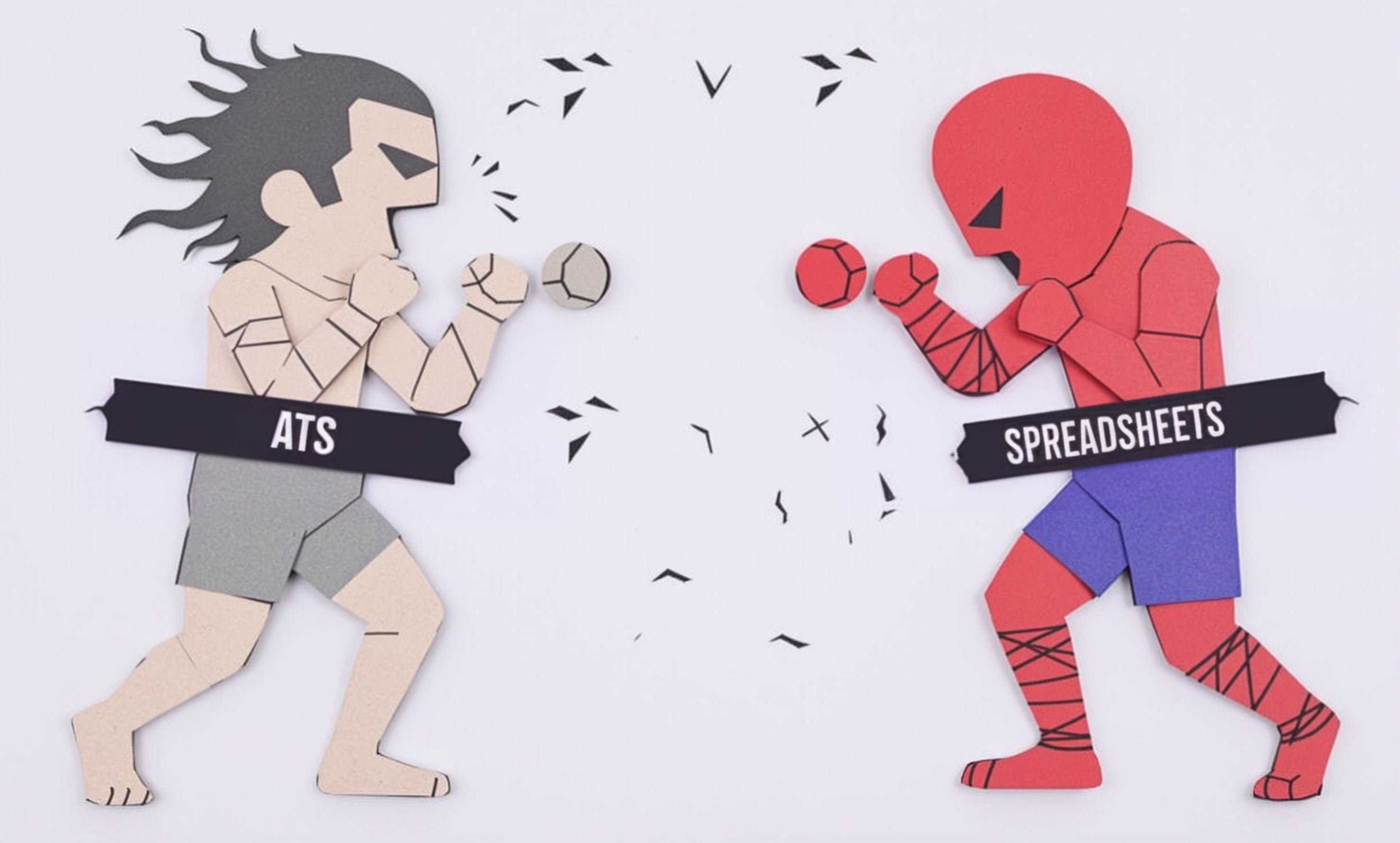
Broadsheet
A broadsheet is a specific large-format newspaper size that is traditionally associated with serious, high-quality journalism. When someone mentions broadsheet experience on their resume, they're referring to work with prestigious newspapers that use this format, as opposed to tabloid-sized papers. This term is important in publishing because it often indicates experience with formal journalism standards, in-depth reporting, and working within traditional newspaper structures. The term can also refer to the general style of serious journalism, even when discussing digital content.
Examples in Resumes
Served as layout editor for Broadsheet format at Daily Chronicle, managing complex front-page designs
Led transition from Broadsheet to digital format while maintaining editorial standards
Coordinated daily Broadsheet production workflow for team of 15 journalists
Typical job title: "Broadsheet Journalists"
Also try searching for:
Where to Find Broadsheet Journalists
Professional Organizations
Job Boards
Industry Networks
Example Interview Questions
Senior Level Questions
Q: How would you manage the transition from broadsheet to digital while maintaining editorial quality?
Expected Answer: A senior candidate should discuss experience with preserving journalistic standards across platforms, team management during transition, and strategies for maintaining reader trust and engagement.
Q: What strategies would you implement to maintain broadsheet quality standards in today's fast-paced news environment?
Expected Answer: Should demonstrate understanding of balancing traditional journalism values with modern news demands, quality control processes, and leadership in maintaining high editorial standards.
Mid Level Questions
Q: How do you ensure accuracy and fact-checking in broadsheet journalism?
Expected Answer: Should explain verification processes, reliable sourcing methods, and understanding the importance of accuracy in quality journalism.
Q: What's your experience with broadsheet layout and design principles?
Expected Answer: Should discuss understanding of page hierarchy, story placement, visual storytelling, and experience with both print and digital formats.
Junior Level Questions
Q: What's the difference between broadsheet and tabloid journalism?
Expected Answer: Should demonstrate understanding of different newspaper formats, content styles, and editorial approaches between broadsheet and tabloid publications.
Q: How do you prioritize stories for broadsheet coverage?
Expected Answer: Should show basic understanding of news values, story importance, and typical broadsheet content priorities.
Experience Level Indicators
Junior (0-2 years)
- Basic news writing and reporting
- Understanding of journalism ethics
- Basic layout and formatting
- Fact-checking and research
Mid (2-5 years)
- Advanced story development
- Editorial decision-making
- Team coordination
- Multi-platform content management
Senior (5+ years)
- Editorial leadership
- Strategic planning
- Quality control management
- Cross-platform content strategy
Red Flags to Watch For
- No understanding of journalism ethics
- Lack of fact-checking experience
- Poor writing samples
- No experience with editorial standards
- Unable to meet deadlines
Need more hiring wisdom? Check these out...

Why Your Hiring Spreadsheets Are Secretly Sabotaging Your Recruitment

Beyond Spreadsheets: Why Executive Dashboards in ATS Systems Are Your Secret Hiring Weapon

Workforce Solutions Aggregators: The Next Big Thing You Didn't Know You Needed

